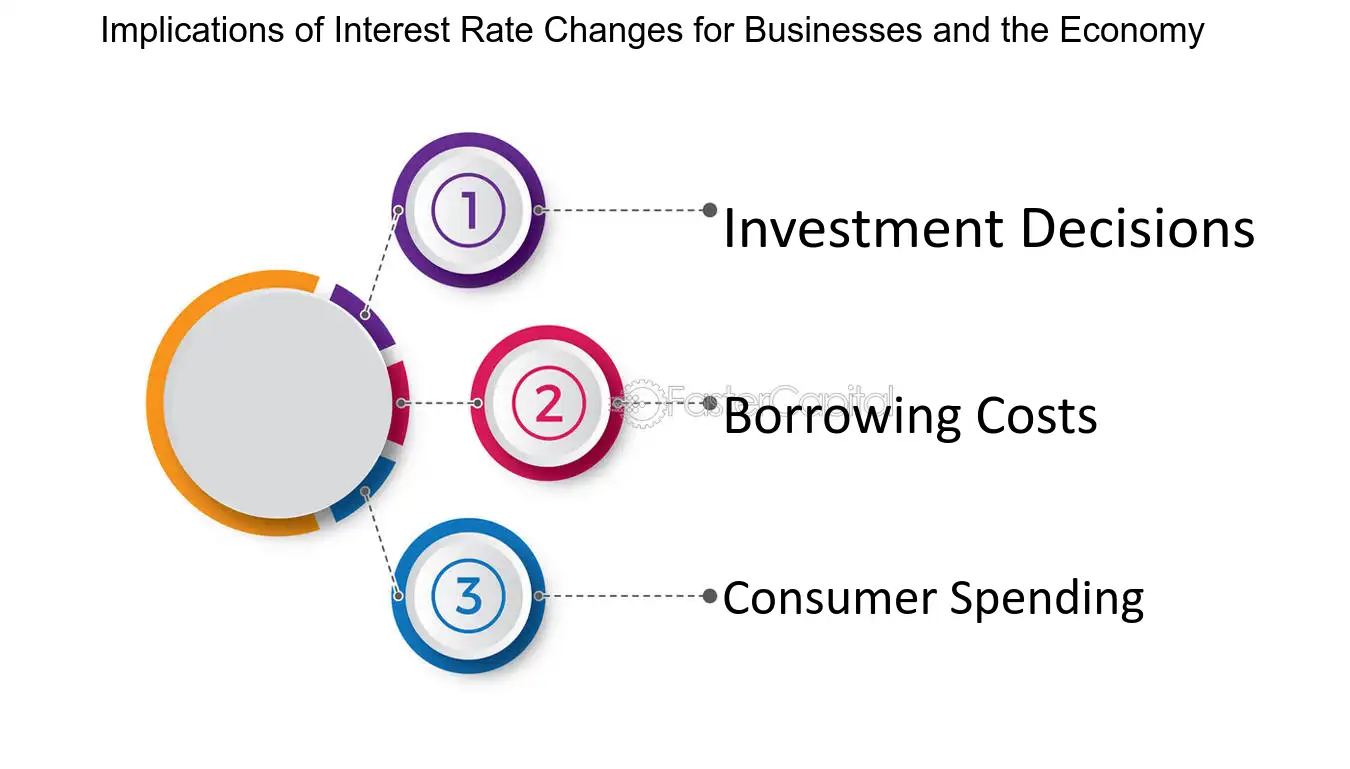Why do interest rates on loans change? Like the economy overall, these rates are influenced by the dynamic interplay of policy-driven and financial variables. The price of credit, however, is governed by many factors including movements in international markets as well as inflation. Awareness of these variables can give you an edge when applying for a loan and when you hope to secure the best interest rates and ultimately save money. Staying updated with the economy can help you make more informed financial decisions, whether you want to take out a personal loan for 10000, business, or house loan. The following is a closer look at the key changes in the economy that will influence loan interest rates and what you may be able to do to take advantage.
Role of Inflation
Inflation is an important factor to consider in setting the cost of borrowing. It occurs when the prices of goods and services creep upward, diluting money’s purchasing power. Interest rates are a device used by central banks, including the Federal Reserve, to regulate inflation.
- Central banks raise interest rates to reduce spending and borrowing when inflation is high.
- Increased interest rates increase the cost of borrowing, deterring excessive use of credit and lowering inflationary pressure.
- Central banks reduce interest rates to stimulate borrowing and economic expansion when there is little inflation.
Economic Growth and Borrowing Costs
The overall health of the economy is a significant factor in loan interest rates. A robust economy with steady growth is a good scenario for lenders and borrowers alike.
- During periods of economic boom, financial institutions and banks like to lend at lower interest rates
- Recessions or economic crises usually lead to increased interest rates as lenders are risk-averse and want to minimize risks
- Economic cycles can help lendees borrow at more appropriate interest rates by aligning loan requests.
Influence of Central Bank Policies
Overall, the lending conditions are set through the monetary policy that is controlled by central banks. It determines everything, from mortgage loans to credit card interest rates.
- An increase in interest rates by the central bank raises the cost of borrowing, hence lowering the number of loan approvals.
- Low interest rates motivate one to take loans, which fund individuals and corporate entities.
- By monitoring policy changes, the borrowers can anticipate interest rate changes and make appropriate arrangements.
Unemployment’s Impact on Loans
The other major determinant of interest rates is the level of employment. A stable labor market permits decent lending and borrowing terms.
- Economic stability is expressed in high employment levels, which can result in reduced interest rates.
- To trigger economic growth, central banks may be forced to reduce interest rates when there is a rise in unemployment.
- Lenders can forecast future variations in loan prices by possessing a good knowledge of the labor market.
Impact of Global Economic Trends
With the world as interconnected as it is now, the rates of lending of a domestic economy may be directly affected by the health of big economies. Currency fluctuations, trade policy, and global recessions all enter into the picture.
- Domestic interest rates can be reduced to stimulate spending if foreign markets are in turmoil.
- As the demand for capital increases, increased performance in the global economy can result in costlier borrowing.
- Monitoring world economic trends assists borrowers in realizing any change in interest rates.
Regulations and Interest Rate Changes
For purposes of guaranteeing financial stability, governments will normally pass legislation whose immediate effect is on lending interest rates.
- Interest rates can be set by stimulus programs, tax reductions, and banking legislation.
- In contrast to private lenders, government-sponsored lending programs could offer lower interest rates.
- Borrowers may benefit from better lending conditions due to awareness of regulatory changes.
Supply and Demand in the Loan Market
The fundamental idea of supply and demand shows how the credit market works. Lenders amend interest rates in response to demand for increasing loans.
- Interest rates may increase as a result of an increase in applications for business or home loans.
- Banks reduce interest rates to attract borrowers when fewer individuals seek loans.
- The ideal moments to apply for borrowers’ financing can be determined by keeping an eye on credit market movements.
Navigating Interest Rate Changes
Even when changes in the economy are unavoidable, the borrowers can take active measures to interact on the best conditions for their debt.
- To predict changes in interest rates, monitor inflation, GDP growth, and central bank policy.
- Despite the market swings, increase your credit score to be eligible for high interest rates.
- To identify the cheapest rates, compare the loan offer to many lenders.
- At unexpected economic times, think of fixed-by-loans to ensure frequent monthly payments.
- If there is a fall in interest rates, check refinance options to reduce the cost of current loans.
Final Thoughts
Many economic factors, such as inflation, central bank policies, market trends and employment levels worldwide, have an impact on interest rates. By placing these factors, the borrower can create intelligent options and get the best interest rate on the loan. You can take charge of your financial fate and spend a loan by monitoring economic indicators and planning. If you are searching for professional financial guidance and customized financing options, then go to Venture Finance Solutions. Take the maximum advantage of economic possibilities and start along the route for more prudent borrowings.


Leave A Comment